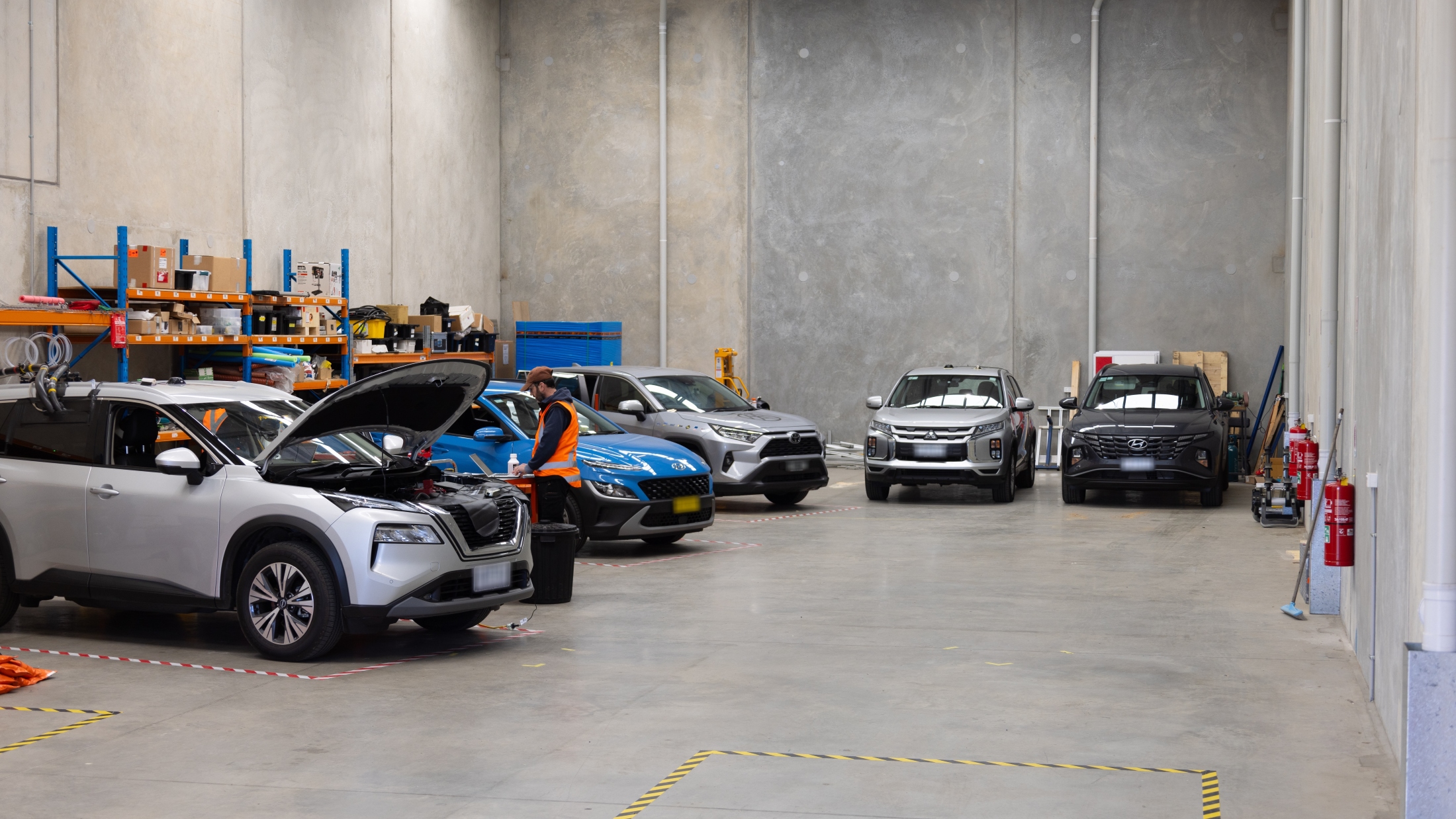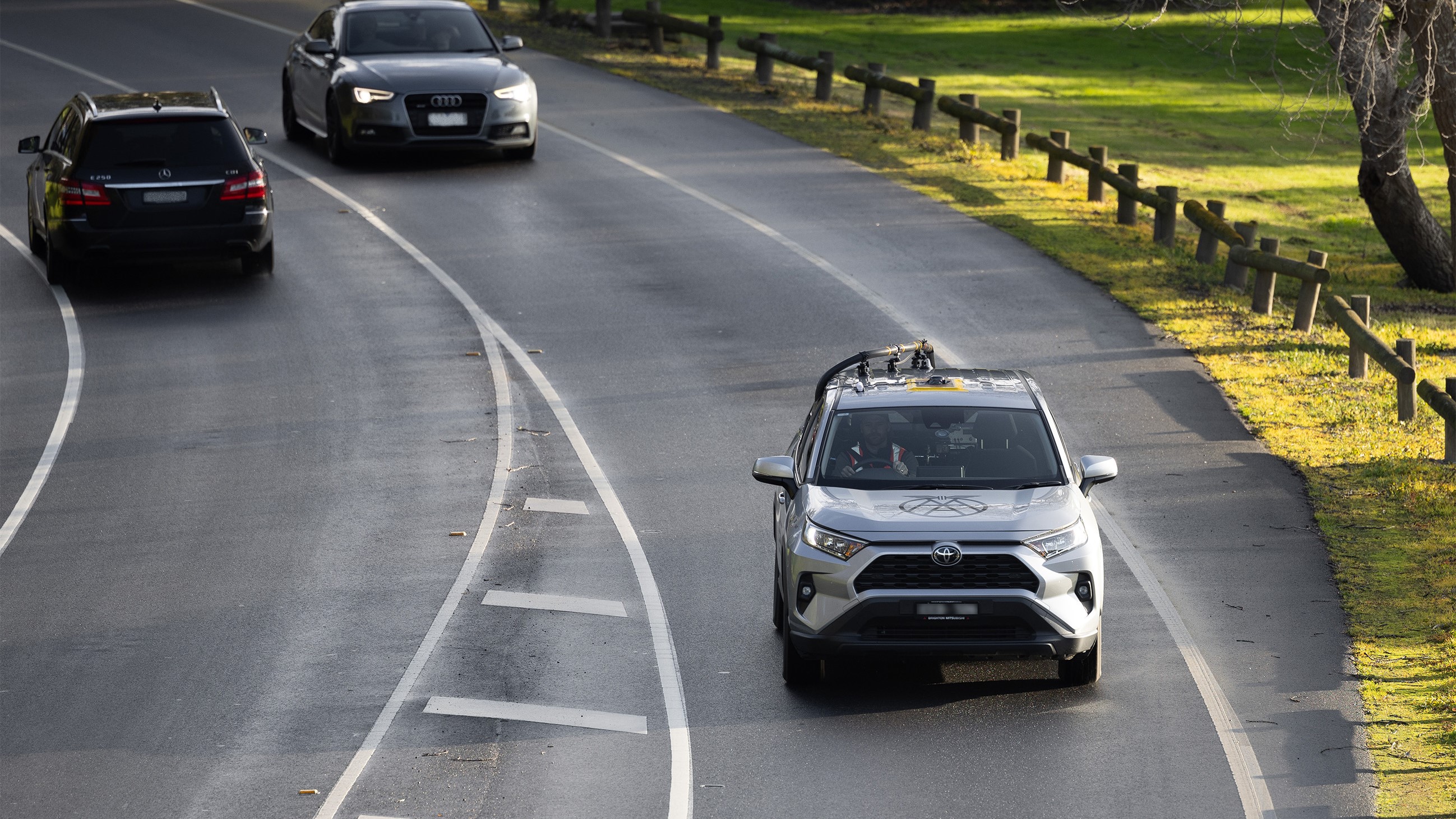
 visit raa.com.au
visit raa.com.au
Initial results of Australia’s first program to test vehicle real-world performance show some cars use up to 13 per cent more fuel on the road than they did in laboratory tests reported by manufacturers.
The findings come from the recently launched Real-World Testing Program, which compares the fuel consumption and emissions of vehicles in Australian driving conditions, to each vehicle’s laboratory test result.
The $14 million program, conducted by the Australian Automobile Association and funded by the Commonwealth, will empower motorists and fleet buyers to make purchasing decisions based upon real-world running costs, rather than figures obtained in laboratory testing.
The first round of tests concentrated on small and medium SUVs, and among the nine vehicles tested, four delivered fuel consumption within 2.5 per cent of lab test results.

Fuel consumption among the remaining five vehicles ranged from 8 per cent to 13 per cent more than had been recorded in laboratory tests. Three of the vehicles tested released levels of pollutants that exceed relevant Australian regulatory limits.
AAA Managing Director Michael Bradley said the Program could save car-buyers hundreds of dollars a year, while allowing fleet-owners to better manage purchasing decisions, budgets, and environmental commitments.
“This Program gives consumers the information they need about each car’s fuel efficiency and environmental performance, and it will drive down demand for models that over-promise and under-deliver,” Mr Bradley said.
“These results will improve motoring affordability for Australians, while cleaning up our light vehicle fleet.
“The AAA is pleased to be partnering with the Government to deliver this important program and is grateful that it enjoys bi-partisan political support.”

RAA’s fuel expert Mark Borlace said it would help car buyers better understand a vehicle’s environmental and economic impact.
“These initial findings show that laboratory test results can differ from those done in real-world driving conditions,” Mr Borlace said.
“Ultimately we hope the program gives consumers a better understanding of how much fuel their chosen vehicle will use on Australian roads – helping them make a more informed decision when purchasing a vehicle.
“This is especially important at a time when unleaded fuel prices are peaking at around $2.20 a litre and the cost of living is rising across the board.”
For more information and to view the initial results, visit realworld.org.au.